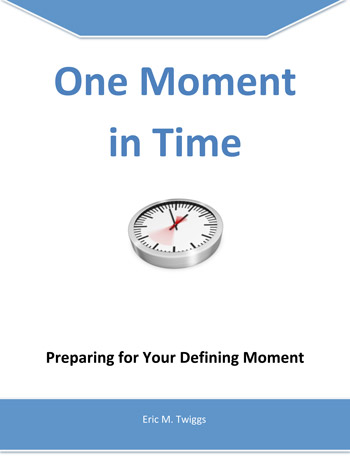Which Game Are You Playing?
When I Turned 40, I had the following conversation with my friend Mike: “ Mike, I can’t believe I am 40. I am getting old! Eric, no worries, you are in the prime of your life. After all, 40 is the new 30!” I was feeling pretty good about my situation until I cam across an interesting statistic.
According to a recent study from The Washington Post, the average life expectancy in the United States is 74 years. After doing a little math, I discovered something disturbing. Divide 74 by two and middle age is 37.
Half of your time has passed before even reaching age 40. As you can see, we don’t have as much time as we think. What can you do to make the most of your most valuable resource?
Be Proactive
On the game board of life, you are either playing chess or your playing checkers. The game of chess is designed for the proactive. The successful chess player is thinking two to three moves ahead compared to the checkers player that is only focused on the move that is in front of him.
Which game are you playing? Here is a story from my past to help you decide. I was scheduled to give a speech for Toastmasters International. I knew about this a month in advance. My presentation was on Tuesday. When did I start preparing? On Monday at midnight!
I was playing checkers. Waiting until the last minute is stressful. If you are always stressed out, you won’t have the motivation to pursue your dream. What can you do to avoid playing checkers?
Recognize Your Power Time
You have a genetic clock that gives you high energy levels at certain times of the day and lower energy at other times. This “clock” is known as your circadian rhythm. The key to being proactive is to schedule your highest priority activities during your highest energy times.
For example, I have the highest energy level early in the morning. I made the mistake of preparing my toastmasters speech late in the evening when I had low energy levels. This lack of energy was a big reason for my procrastination.
If you are not sure of your power time, you can search for “circadian rhythm” on the Internet and access several online tests that will help you to find out. If you recognize your power time, you will be motivated to be proactive. On life’s game board, more chess equals less stress!
Sincerely,
Eric M Twiggs
Your Procrastination Prevention Partner
PS. To learn my 5-step plan to become more proactive, download my ebook.






